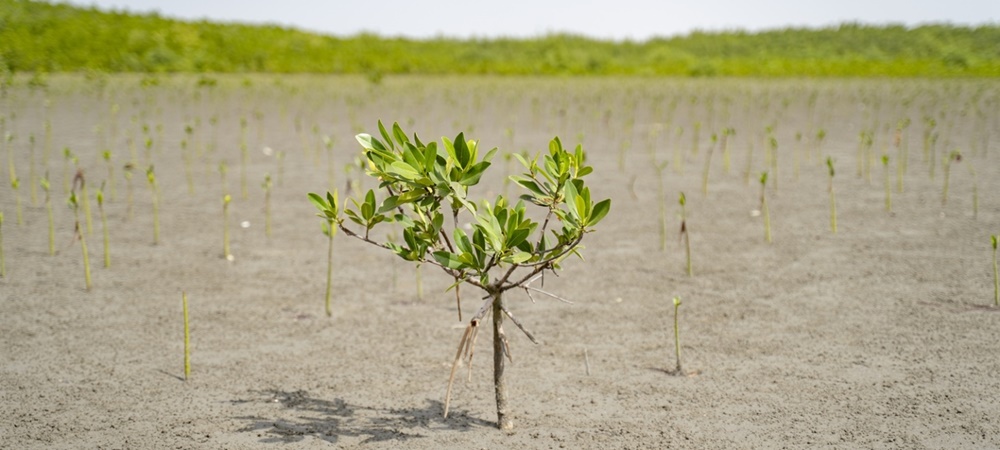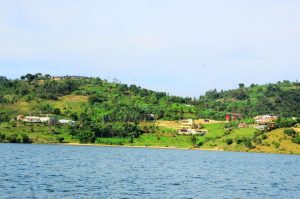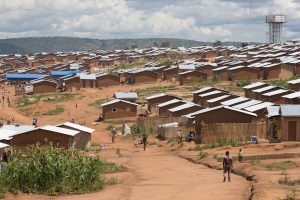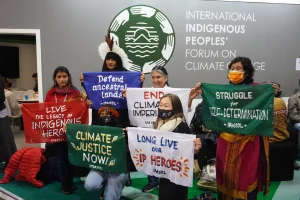Climate Adaptation Funding Falls Short, Leaving Millions at Risk

A widening gap in climate adaptation finance is putting millions of lives and entire economies at risk, according to the Adaptation Gap Report 2025: Running on Empty released by the United Nations Environment Programme (UNEP). The report warns that without urgent action to close this gap, the world’s most vulnerable populations will continue to suffer from rising seas, deadly storms, and extreme heat.
The report, launched ahead of COP30 in Belém, Brazil, reveals that developing countries will require over US$310 billion annually by 2035 to adapt to escalating climate impacts, a figure 12 times higher than current international public finance flows.
“Climate impacts are accelerating. Yet adaptation finance is not keeping pace, leaving the world’s most vulnerable exposed,” said UN Secretary-General António Guterres. “Adaptation is not a cost. It is a lifeline. Closing the adaptation gap is how we protect lives, deliver climate justice, and build a safer, more sustainable world.”
Adaptation Efforts Improving, But Far From Enough
UNEP Executive Director Inger Andersen said the world is already living with the devastating effects of climate change, from wildfires and floods to rising food prices. “As action to cut greenhouse gas emissions continues to lag, these impacts will only get worse,” she said. “If we do not invest in adaptation now, we will face escalating costs every year.”
While 172 countries have developed at least one national adaptation policy or plan, 36 have not updated their strategies for over a decade. UNEP cautions that outdated plans risk leading to maladaptation, actions that unintentionally worsen vulnerability instead of reducing it.
In their Biennial Transparency Reports under the Paris Agreement, countries outlined over 1,600 adaptation actions, mainly targeting biodiversity, agriculture, water, and infrastructure. However, few nations are reporting on outcomes, making it difficult to measure the real impact of these initiatives.
Adaptation Finance Shrinking Instead of Growing
Despite growing needs, international adaptation finance dropped to US$26 billion in 2023, down from US$28 billion the previous year. This leaves a staggering finance gap of US$284 to 339 billion per year, far from the Glasgow Climate Pact’s goal to double adaptation finance by 2025.
Support for new adaptation projects under key funds including the Adaptation Fund, Global Environment Facility, and Green Climate Fund rose to US$920 million in 2024, marking an 86 percent increase over recent years. Yet UNEP warns this surge may be temporary, as emerging financial constraints cast doubt on long-term sustainability.
Public and Private Sectors Urged to Step Up
The new climate finance goal adopted at COP29, US$300 billion annually for developing countries by 2035, is insufficient, UNEP notes. Inflation could push actual needs to US$440 to 520 billion, and since the figure covers both mitigation and adaptation, the share for adaptation will likely fall short.
To close the gap, UNEP calls for innovative finance mechanisms that do not worsen debt in vulnerable nations. Grants, concessional loans, and non-debt instruments are critical to support adaptation while avoiding new financial burdens.
The report highlights the Baku to Belém Roadmap, which aims to mobilize US$1.3 trillion by 2035, as a potential game-changer provided it safeguards against deepening existing vulnerabilities.
Private Sector’s Untapped Potential
UNEP estimates that the private sector could realistically invest up to US$50 billion per year in national adaptation priorities, compared to the current US$5 billion. Achieving this would require strong policy support and blended finance, combining public and private funding to de-risk investments in climate resilience.
“The reality is simple,” Andersen stressed. “Even amid tight budgets and competing priorities, we must invest in adaptation now, or face much higher costs in the future.”

SUBSCRIBE TO OUR NEWSLETTER


















